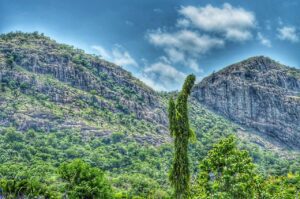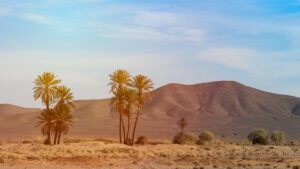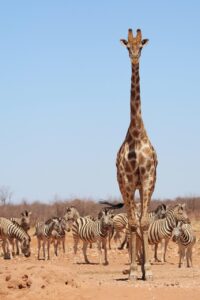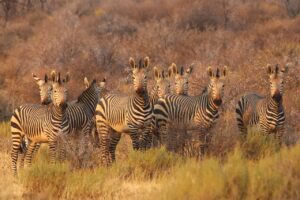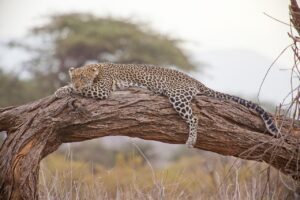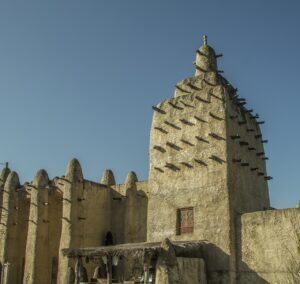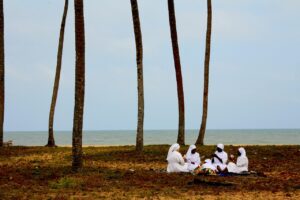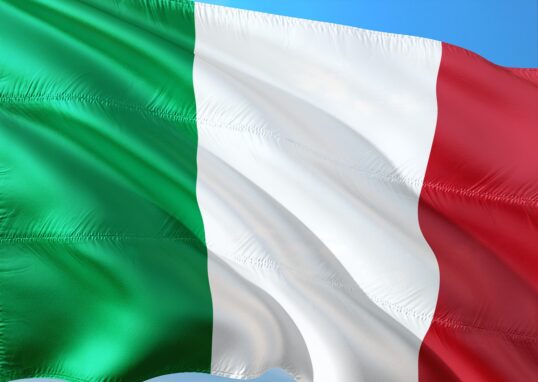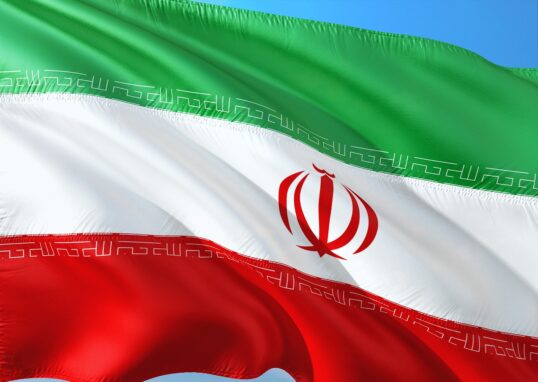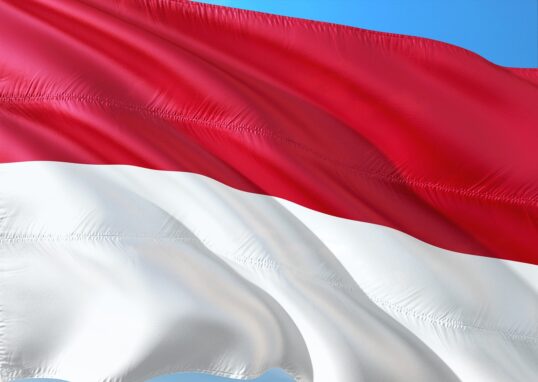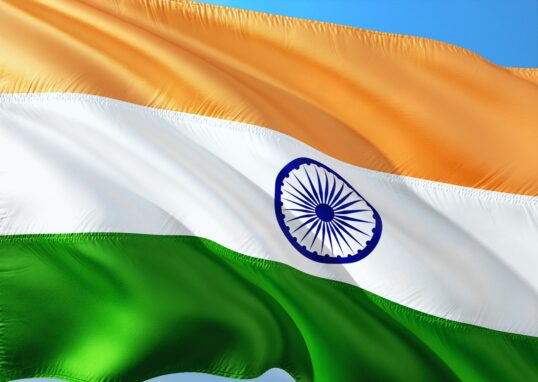Benin
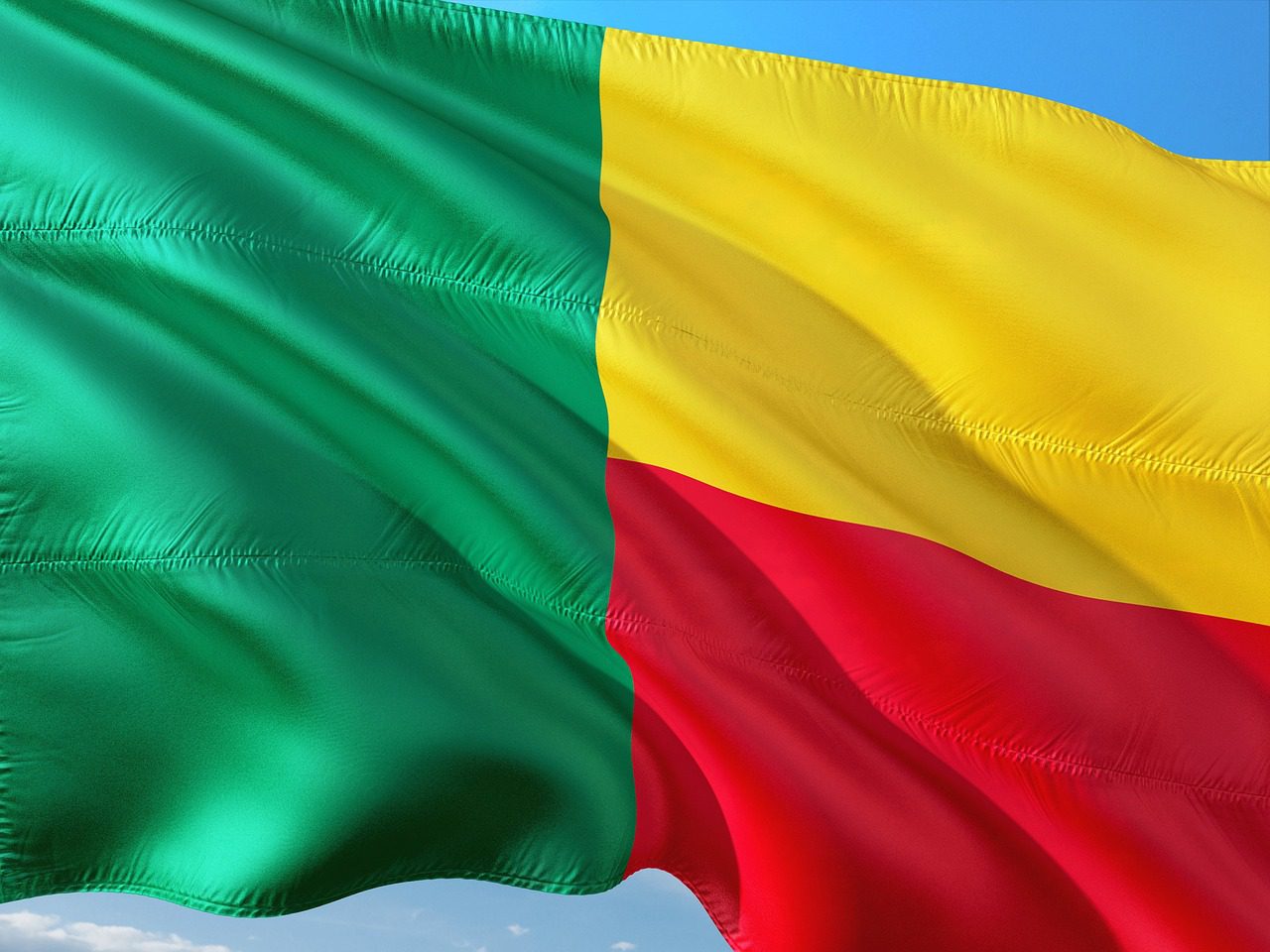
Benin – The Land of Heritage and Harmony
Benin is a compact but richly cultured country in West Africa. It lies between Nigeria in the east and Togo in the west. It shares a border with Burkina Faso and Niger to the north. To the south, it borders the Atlantic Ocean. It does not have a long coastline, but it has beautiful beaches and historic towns. Republic of Benin occupies a total area of about 114,763 square kilometers and has a population of over 13 million. Porto-Novo is its capital city, although Cotonou is the economic center and largest city. Benin is famous for its friendly people, affluent culture, and rich history with sites associated with ancient African kingdoms.
Historical Background
The Benin history is among the wealthiest in Africa. It was populated by powerful kingdoms before the European arrival. The most famous one was the Kingdom of Dahomey, which lasted from the 17th to the 19th century. It had an organized army and an unusual women warrior institution referred to as the Amazons of Dahomey. In the colonial period, Benin was a French colony in the late 19th century. It was then referred to as French Dahomey. Benin became independent on August 1, 1960, and subsequently changed its name to Benin in 1975. Since then, it has developed as a stable democracy in West Africa.
Geography and Climate
Benin has diverse geology. There are low coastal plains with sandy coastlines in the south. The central region has fertile plateaus with agricultural land and forests. There are savannas and rolling hills in the north. The northwest is the highest region and is created by the Atakora Mountains. The weather is tropical. The south has two rainy seasons—April to July and September to November. The north has one rainy season, which occurs from May to September. The temperature is warm throughout the year, ranging from 25°C to 35°C.
People and Culture
There are over 40 ethnic groups in Benin. The most notable of them are Fon, Adja, Yoruba, Bariba, Dendi, and Somba. All these ethnic groups have a language, customs, and festivals. French is the official language, though Fon and Yoruba are widely spoken local languages. Music and dance are very important parts of Benin culture. Benin is the birthplace of the ancient Voodoo (Vodun) religion. Voodoo is not magic as other people imagine. It is a nature spirit and ancestors’ worship religion. Benin celebrates an international Voodoo Festival in Ouidah annually that receives thousands of tourists from all over the world. Benin’s art is famous too. Bead jewelry, colored fabrics, and bronze and wood sculptures are customary arts. These arts usually represent gods, animals, and stories from Benin’s mythology.
Economy
Benin’s economy is mostly based on services, trade, and agriculture. Cotton is the country’s most exported crop. It is occasionally called “white gold” because it supports millions of farmers. Maize, yams, cassava, rice, and palm oil are some other important crops. Cotonou is the principal commercial town and port of Benin. All of the landlocked countries’ produce surrounding it, like Niger and Burkina Faso, passes through its seaport. The country is also growing its tourism and energy sectors.
Education and Society
Education is valued in Benin. Government efforts have improved schools since independence. Education is free and compulsory for children aged 6 to 11 years. There are some universities, such as the University of Abomey-Calavi, which is among the oldest in West Africa. The nation also pursues gender equality. Numerous programs encourage women’s involvement in politics, education, and business. Benin has a serene social structure. People show respect to older people, family, and kinship bonds.
Modern Development and Updates
In the past few years, Benin has undergone development in terms of infrastructure and e-government. The government has introduced e-services for taxation, education, and company registration. Benin Smart City Project is transforming cities through technology. Electricity access has improved via solar power stations. Maria-Gléta thermal power station and Parakou and Bohicon solar parks are boosting energy output. Tourism projects like “Visit Benin” are growing foreign travelers. Pendjari, Ouidah, and Abomey roads are upgraded. A new Terminal of Cotonou Airport is also under construction to take in more tourists. Benin also works together with the African Continental Free Trade Area (AfCFTA) to boost regional trade.
Competitors in the Region
Benin competes with various West African neighbors in agriculture, tourism, and trade.
Nigeria
Nigeria, Benin’s eastern neighbor, is much larger economically. It dominates manufacturing, oil production, and entertainment. But Benin has the advantage of being more stable and peaceful for tourists.
Ghana
Ghana welcomes tourists with beaches, national parks, and castles. Benin competes with highlighting cultural heritage and Voodoo traditions.
Togo
Togo is similarly cultural and historical to Benin. They both receive tourists for traditional festivals and beaches.
Senegal
Senegal places much stress on cultural tourism, for example, Goree Island. Benin focuses on spirituality and eco-tourism instead.
Surrounding Places
Benin is strategically located for traveling to other West African countries and regional attractions. To the east of Nigeria are large cities like Lagos and Abuja. Lagos has beaches, night life, and markets. Tourists typically drive over from Cotonou to Lagos in two hours. To the west of Togo are nice beaches in Lomé and mountains in Kpalimé. Togo also has cultural ties with Benin through the Ewe and Fon ethnic groups. In the north, Burkina Faso has its own traditional Ouagadougou and Bobo-Dioulasso architecture. Visitors can push on to Niger, which has the W National Park—a member of the same biological unit as Pendjari Park in Benin. Within Benin, nearby attractions include:
- Allada, where the royal houses of Dahomey were born.
- Grand-Popo, a low-key beach resort popular with artists and visitors.
- Natitingou, a gateway to Pendjari Park, renowned for scenery and Somba houses.
- Dassa-Zoumè, a sacred hill town of shrines.
Benin’s southern coastline is also relatively easy to link to Ghana’s Accra by the Trans-West African Highway. Thus, it is highly appropriate for multi-country tours.
Tourism in Benin – Discover the Soul of West Africa
Abomey Royal Palaces
Located in Abomey city, the palaces are part of the UNESCO World Heritage Sites. The palaces were built between the 17th and 19th centuries and had served as the throne of the kings of Dahomey. The palaces boast bas-reliefs of warfare scenes, legends, and symbols of royalty. Visitors can tour the Abomey Historical Museum within the palace complex. It has royal thrones, swords, statues, and ancient regalia. It provides a very good understanding of the royal traditions of Benin and the significance of art in the culture of Dahomey.
Ouidah – The City of Spirits
Ouidah is another cultural tourism city that should be seen. It was a prime center of the Atlantic slave trade. Tourists may follow the Slave Route leading to the famous Door of No Return—a remembrance of the millions of Africans kidnapped from this coast for forced transportation to the Americas. Apart from its melancholic past, Ouidah is the religious hub of Voodoo (Vodun). Thousands of pilgrims and curious travelers throng the International Voodoo Festival that is conducted annually in January. They dress in colorful clothes, dance to the syncopated beats of drums, and perform ancient rituals to please the gods and ancestors. Python Temple and Voodoo Museum are worth-seeing attractions in Ouidah. These show how nature and ancient faith get intertwined so well with each other.
Natural and Ecotourism
Benin’s geography offers an exciting mix of beach, forest, river, and wildlife. Adventure seekers can experience national parks, hiking trails, and eco-lodges across the country.
Pendjari National Park
Well north of Benin is Pendjari National Park, one of West Africa’s most renowned wildlife reserves. It is part of the W-Arly-Pendjari Complex, a UNESCO World Heritage Site also shared with Niger and Burkina Faso. Pendjari has elephants, lions, buffaloes, hippos, crocodiles, and several species of birds. Safaris within the park are safe and well-organized. Guests can stay in eco-lodges such as Pendjari Lodge, where they take guided tours, go for photography, and birdwatching. The dry season from December to May is best for visiting, as it is simpler to spot wildlife because of the dry terrain.
W National Park
W National Park, which lies along the Niger River, is another wonderful wonder of nature. The park has a shape that resembles the letter “W.” The park has a variety of ecosystems ranging from grassland to forest to wetlands.
Taneka and Somba Villages
In the northern region, tourists explore traditional villages such as Tanéka and Somba. The locals live in unique clay houses with roofs covered in thatch. The locals preserve ancient traditions and religious rituals. Visitors can learn about herbal medicine, stories, and traditional crafts.
Coastal and Beach Tourism
The southern coast of Benin overlooks the Atlantic Ocean. While not very long, it contains some tranquil beaches where visitors can pass their time.
Cotonou
Cotonou, the largest city and capital of the country, is lively and full of life. It boasts urban beaches like Obama Beach and Fidjrosse Beach, where one can surf, swim, or have seafood. Beach bars are bustling at night and filled with food stalls. Cotonou has the Dantokpa Market, the largest in West Africa. It is an ideal place to shop for souvenirs, handmade accessories, wooden sculptures, and African print cloths.
Grand-Popo
About 80 kilometers west of Cotonou is the rural coastal town of Grand-Popo. It is perfect for rest and for those looking to be close to nature. Grand-Popo has clean beaches, palm groves, and ocean-front eco-hotels. The town is equally famous for its art scene and river cruises on the Mono River, where mangroves and fishing towns are visible.
Urban and Modern Tourism
Cities of Benin balance modern development with cultural heritage.
Porto-Novo
Although Porto-Novo is the capital, it’s a tranquil city. It’s renowned for its colonial buildings and Yoruba culture. The Ethnographic Museum contains traditional masks, musical instruments, and ceramics exhibits. The King Toffa Palace provides an insight into palace life. The Great Mosque of Porto-Novo is another. It was built in the Afro-Brazilian style, with arches and colored tiles.
Cotonou
Cotonou remains the center of Benin’s economy and nightlife. The city boasts international restaurants, art galleries, and upscale hotels. One of the sites tourists enjoy is the Artisanal Center, where local crafts are sold by local artisans. The Cathedral of Notre Dame des Apôtres, a red-and-white striped cathedral, is another famous landmark.
Spiritual and Voodoo Tourism
Benin is the place of origin of Voodoo, which is practiced formally as a religion in the country. Unlike how it is portrayed in movies, Voodoo is a peaceful religion that brings people together with nature and ancestors. Visitors in Ouidah, Abomey, and Allada can witness Voodoo rituals. They get to see multicolored-costumed dancers, listen to the rhythm of drums, and watch traditional blessings. The Voodoo Festival, held annually on the 10th of January, is the biggest religious celebration in Benin. It receives tourists, photographers, and researchers from all over the world. It celebrates freedom of religion and national cultural identity.
Lake and River Tourism
Lakes and rivers in Benin provide scenic spots for eco-tourism and village tours.
Ganvie – The Floating Village
Ganvie, found on Lake Nokoué, is probably the most familiar place in Benin. Nicknamed the “Venice of Africa,” it is a floating village. The houses are found on stilts made of wood, and people move about in canoes. Ganvie was founded by those who were fleeing from slave traders centuries ago. Today, it is home to about 20,000 residents who earn a living by fishing and commerce. Tourists may travel in boats to observe daily life, floating markets, and stilted schools.
Festivals and Events
Benin’s festivals are colorful and vibrant. They reflect the country’s diversity and cultural values. Some of the most prominent festivals are:
- Voodoo Festival (Ouidah) – Celebrates the world of magic and native religion.
- Geledé Festival (Ketou) – Honors women and mothers in mask dances and songs.
- Gani Festival (Nikki) – Remembers the unity of Bariba people with songs and horse parades.
- Ahouangbo Festival (Abomey) – Remembers the bravery of Dahomey’s warriors.
Tourists, who find themselves visiting during these periods, see authentic African traditions at work.
Infrastructure and Visitor Facilities
Benin’s tourist infrastructure has been upgraded over the past several years. The Cotonou International Airport connects the nation with important African and European cities. Abomey and Ouidah roads to major tourist sites are undergoing improvement. The government fosters sustainable tourism under the “Revealing Benin” initiative. It promotes eco-lodges, culture centers, and rural tourism. The travelers have the options for accommodations ranging from budget hotels to luxury resorts. The tourist guides are well-trained, and the tourism industry continues to grow.
Conclusion
Tourism in Benin is a journey into Africa’s soul. It is a mix of history, spirituality, adventure, and peace. The travelers can see royal palaces, witness wildlife, dance during the Voodoo festivals, or glide through villages on lakes. What makes Benin special is its authenticity. It is not a touristy place — it is a nation that preserves its traditions. As the nation modernizes and becomes more open to the world, its potential for tourism increases by the year. Benin welcomes embracing travelers seeking meaning, connection, and cultural discovery — a nation where history, nature, and spirituality mix into one another in harmony.
Author
Related posts
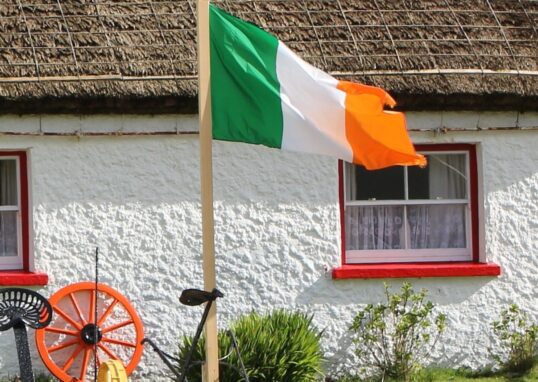
Ireland
Ireland – Gentle green Landscapes, A deep cultural soul Ireland is a beauty of a country, often called Emerald Isle, full of...
Read out all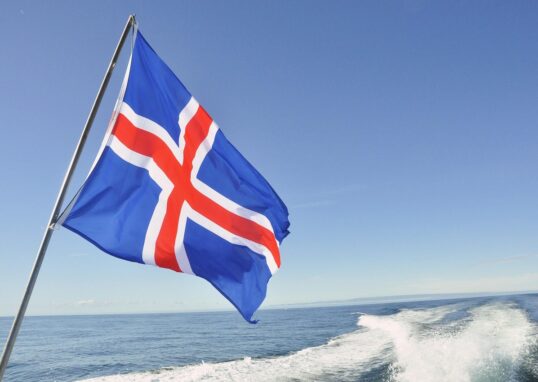
Iceland
Iceland – Dramatic landscapes Iceland is among the most unique and breathtaking countries in the world. It sits in the North Atlantic...
Read out all
